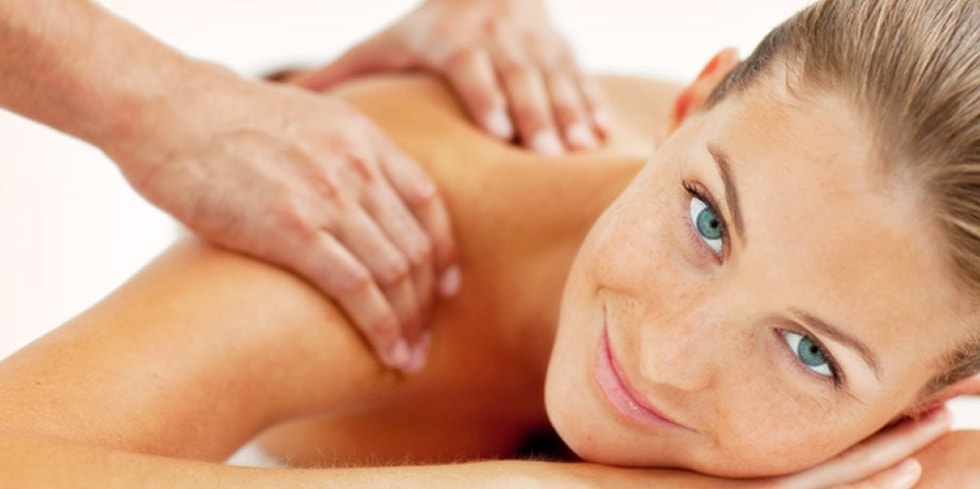Babies and children
The osteopath can treat many disorders in the baby or in the child. Growth leads to major and rapid changes that need to be addressed gradually to ensure the comfort and harmonious growth of the new-born and the child.
Babies
From the first hours of life, the osteopath may play an important role:

- The after-effects of difficult delivery: a complicated birth can lead to problems in sleep, digestion or posture (ex. torticollis) in the baby. The osteopath acts on the body of the new-born in order to restore its balance following a caesarean or a long and difficult delivery.
- Plagiocephaly: In some cases, the infant does not possess a completely round and harmonious skull in the first weeks of life, some areas are flatter than others, a phenomenon which could be due to torticollis or other causes. The osteopath can act on the shape of the skull up to six months, beyond that, the skull of the baby is ossified and the osteopathic treatment will no longer be able to affect the shape.
- Reflux and colic: babies have often digestive disorders which can cause severe pain and prevent them from eating properly, which can have an impact on their growth. Gas, bloating, reflux and colic are disorders on which the osteopath can act by gentle techniques on the baby’s abdomen.
- Restless sleep: some babies cry enormously and find it difficult to get to sleep and sleep through the night. This can be due to small imbalances of the nervous system or to pain, especially in the abdomen. The osteopath may be able to improve the quality and quantity of sleep of the baby.
Children
The osteopath can act on various disorders affecting children:

- Growing pains: growing can sometimes cause pain because growth is rapid and the body must adapt to these changes. The osteopath helps the child perform postural adaptations and allows the child to maintain a balanced body and harmonious growth.
- Stomach-ache: whether due to tensions in the digestive system or to a state of anxiety, osteopathic treatment can help reduce abdominal pains.
- Child sports accompaniment: the practice of a sport can be traumatic for the child and can have consequences on his or her growth. The osteopath helps the child adjust tensions in relation to the sport and thus allow the child to continue to grow harmoniously and to increase his sports performance.
- Anxiety, restlessness and sleep disorders: as for the baby, autonomic nervous system imbalances can keep the child in a state of agitation or anxiety. The osteopath can act and help to restore a state of relaxation in children.
Pregnancy
Pregnancy represents one of the major changes that a woman’s body will have to manage during her lifetime. The posture of the pregnant woman is completely altered, particularly in the pelvis and lumbar area.

Osteopathy during pregnancy can greatly improve the comfort of pregnant women:
- Backache: the weight of the pregnancy tends to increase the lumbar arch of the future mother, which can lead to lumbar pain in the form of a lumbago, a sciatalgia (pain in the lower part of the back that descends into the buttocks), or a sciatica. The osteopath helps the body to adapt to its new position, relieving pain.
- Nausea: the urge to vomit and acid reflux are common in pregnant women, the osteopath can help reduce its intensity.
- Preparing the pelvis for delivery: the osteopath can act on the mobility of the pelvic belt and facilitate the future baby’s passage through a small pelvis in late pregnancy.
The elderly
The osteopath can, by using very gentle manual techniques, bring comfort to seniors in their daily lives.

- Arthrosis: Arthrosis is a mechanism where the cartilages of joints are eroded, making movement painful. The osteopath, using very mild techniques, will mobilize the joints to appease pain in the articulations and increase mobility. This allows the patient to move again and perform the movements of daily life without pain.
- Posture: with age, the spine evolves and the vertebrae tend to modify their position and lose their mobility, which can lead to hunched posture and restricted mobility. Osteopathy, by restoring mobility to the vertebrae, aims to modify posture and bring comfort to seniors in their daily lives.
Sportsmen and women
There are two types of athletes: professional and amateur. In both cases osteopathy can prevent and decrease pain:

- Professional athletes need to have a perfectly adjusted muscular and articular system in order to optimize performance. Regular visits to the osteopath will help the body adapt to intense physical exercise and prevent pain.
- Amateur sportsmen and women seek comfort in their sporting activities. The osteopath helps the body to withstand mechanical stresses that can sometimes be violent, for example in tennis or golf, preventing pain or treating it.
The osteopath is able to treat different pathologies associated with different sports:
- Golf: golf elbow tendonitis (tendonitis of the elbow), wrist pain, shoulder pain, chronic lumbar pain, lumbago, etc.
- Tennis: tennis elbow (tendonitis of the elbow), shoulder pain, knee or ankle pain, lumbar pain, back pain, etc.
- Running: knee pain, ankle or foot pain, hip pain, cramps, lower back pain, sprains, etc.
- Rugby, dance, football, fencing, basketball, etc.



